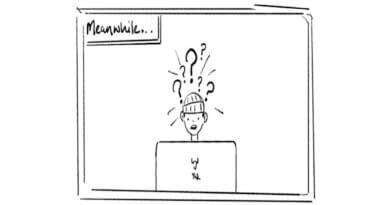General Naravane’s Bold Moves: India’s Shifting Stance on China

By Tsering Choephel
DHARAMSALA, 14 Sept: Former Indian Army Chief General Manoj Naravane (retired) made headlines on Tuesday when he shared a map on “X” (formerly Twitter), that depicted regions like Tibet, East Turkestan, South Mongolia, and Manchuria as separate and occupied territories of what is considered China today. In his post, General Naravane remarked, “Finally, someone got the map of China as it really is.”
This provocative map-sharing came in response to China’s recent release of the 2023 edition of the “standard map of China,” which included territorial claims over regions such as Taiwan, the South China Sea, Arunachal Pradesh, and Aksai Chin. This move by Beijing had already incited strong reactions from India and several ASEAN member countries, including Japan, Malaysia, Vietnam, and the Philippines, who contested China’s territorial assertions.
General Naravane’s actions underscore a shift in India’s approach toward China. Despite India’s long-standing adherence to the ‘One China policy’ and its absence of formal diplomatic ties with Taiwan, Naravane, along with former Navy Chief Karambir Singh and former Air Chief Marshal RKS Bhadauria, attended the Ketagalan Forums’ 2023 Indo-Pacific Security Dialogue event organized by the Taiwanese foreign ministry in August.
Following his visit to Taiwan, General Naravane was a guest speaker at the 6th “Rangzen Conference,” an event organized by Tibetan independence advocates held in New Delhi. During his speech, he criticized China’s ongoing suppression of freedom and human rights, making specific reference to the infamous Tiananmen Square protests and the Chinese Communist Party’s brutal crackdown on peaceful demonstrators. Naravane stated, “You cannot expect understanding from a government that treats its own citizens with such brutality”.
Indo-China relations have remained tense and strained since the Galwan Valley clash in 2020, which resulted in the deaths of 20 Indian soldiers and, according to Chinese official announcements, four Chinese soldiers. Despite numerous high-level dialogues between the two Asian giants, no consensus has been reached on the long-standing border issue, and military tensions persist in border areas.
China’s timing in releasing the new “Standard Map” just before the G20 Summit, held recently in New Delhi, raised eyebrows. In response, several Indian military personnel called on the Indian government to “relook” its Tibet policy and consider recognizing Tibet as an occupied territory under Chinese control.
The absence of Chinese President Xi Jinping at the G20 Summit, who sent Chinese Premier Li Qiang instead, fueled speculations that China might attempt to hinder India’s efforts to secure a unanimous summit declaration. However, despite these concerns, a consensus was ultimately reached on the summit’s declaration.





